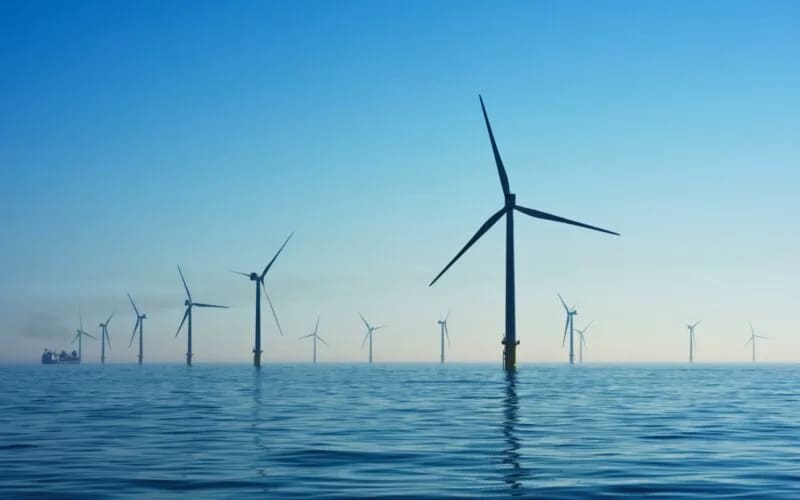14:00 at NERSC Copernicus lecture room.
Talk by Julien Brajard (NERSC).
Abstract
In 2022, several publications: Fourecast in February, Panguweather in November, and Graphcast in December, have demonstrated that pure machine-learning-based models were able to emulate weather forecasts for up to ten days with similar skill as the ECMWF (European Centre for Medium-Range Weather Forecasts) operational Integrated Forecasting System. These successes open the way to operational forecasting systems without the need to run any physical-based model, which is very demanding in terms of computation. As an example, GraphCast can generate a 10-day forecast (35 gigabytes of data) in less than one minute. If many aspects of these new systems deserve to be discussed, e.g. the machine learning model, the validation procedure, the resolution, and the computation system, I will focus in this presentation on the close links existing between those emulators and the data assimilation. The more important link is that the skill of the emulators depends strongly on the quality of data assimilation since it uses the ERA5 reanalysis to be trained. I will also discuss the impact that these emulators could have on the data assimilation system itself. My presentation will introduce these different aspects without drawing any conclusions. The objective is to foster the discussion of the data assimilation community.



